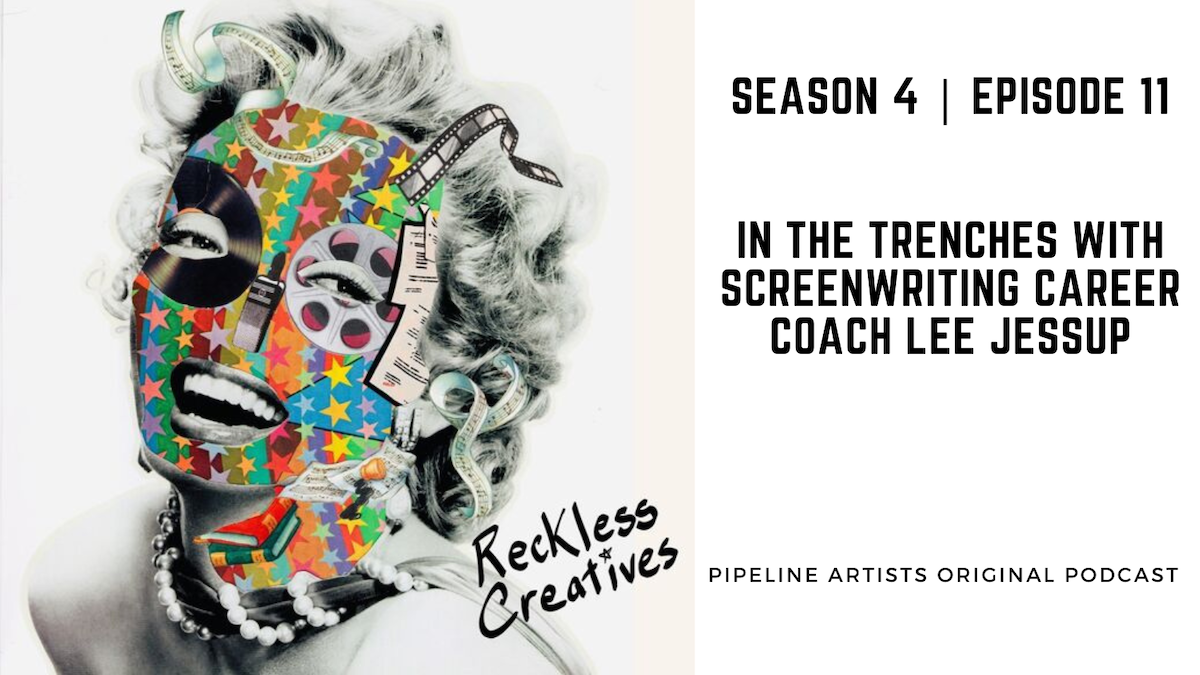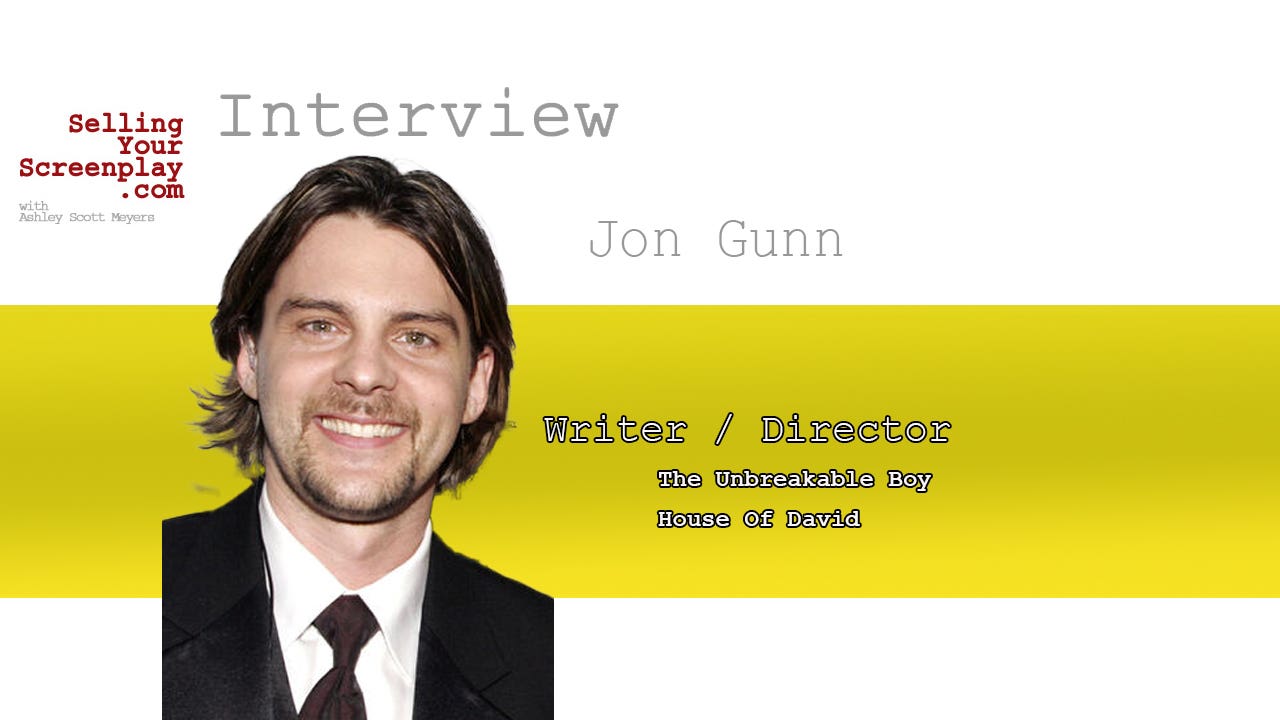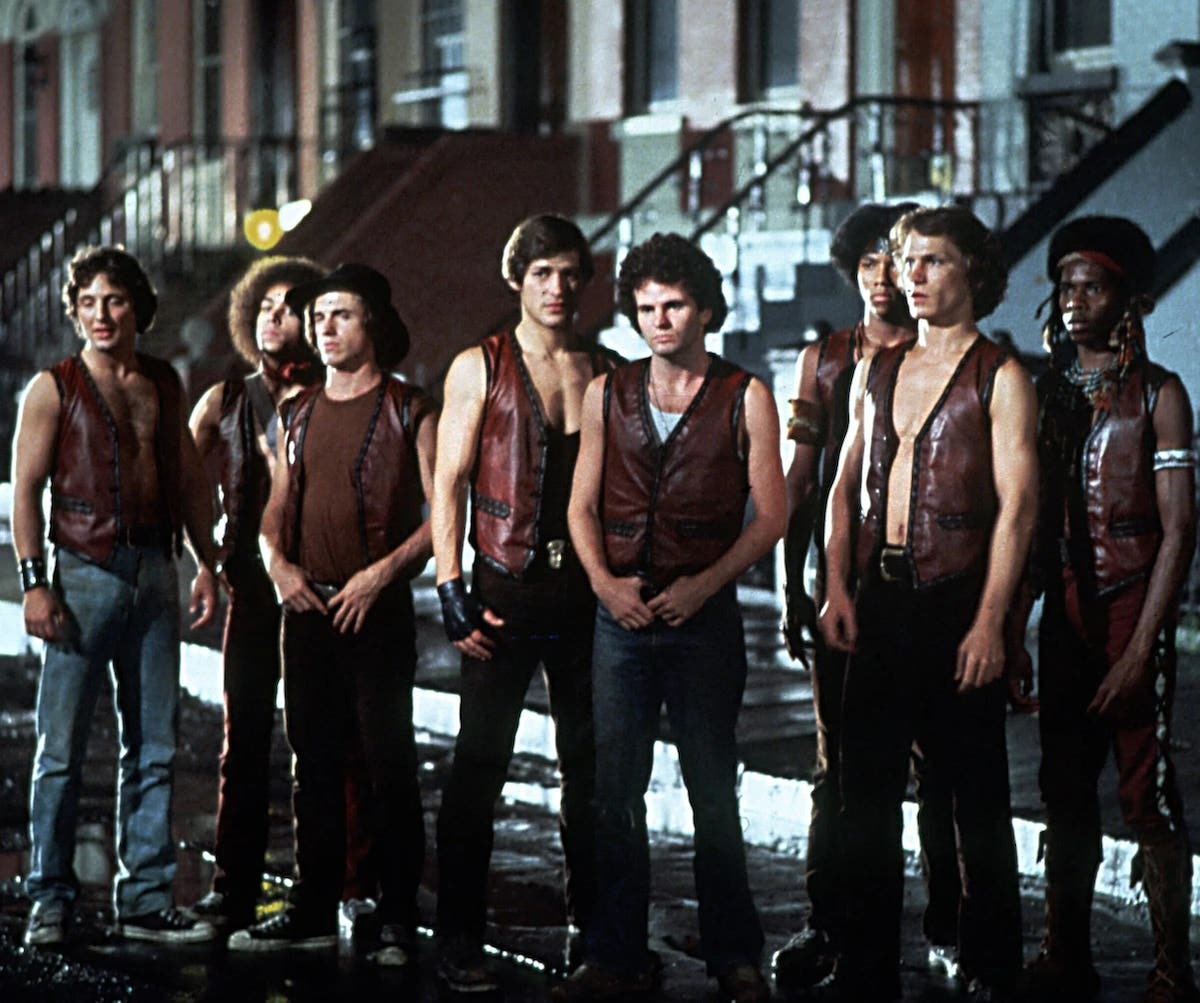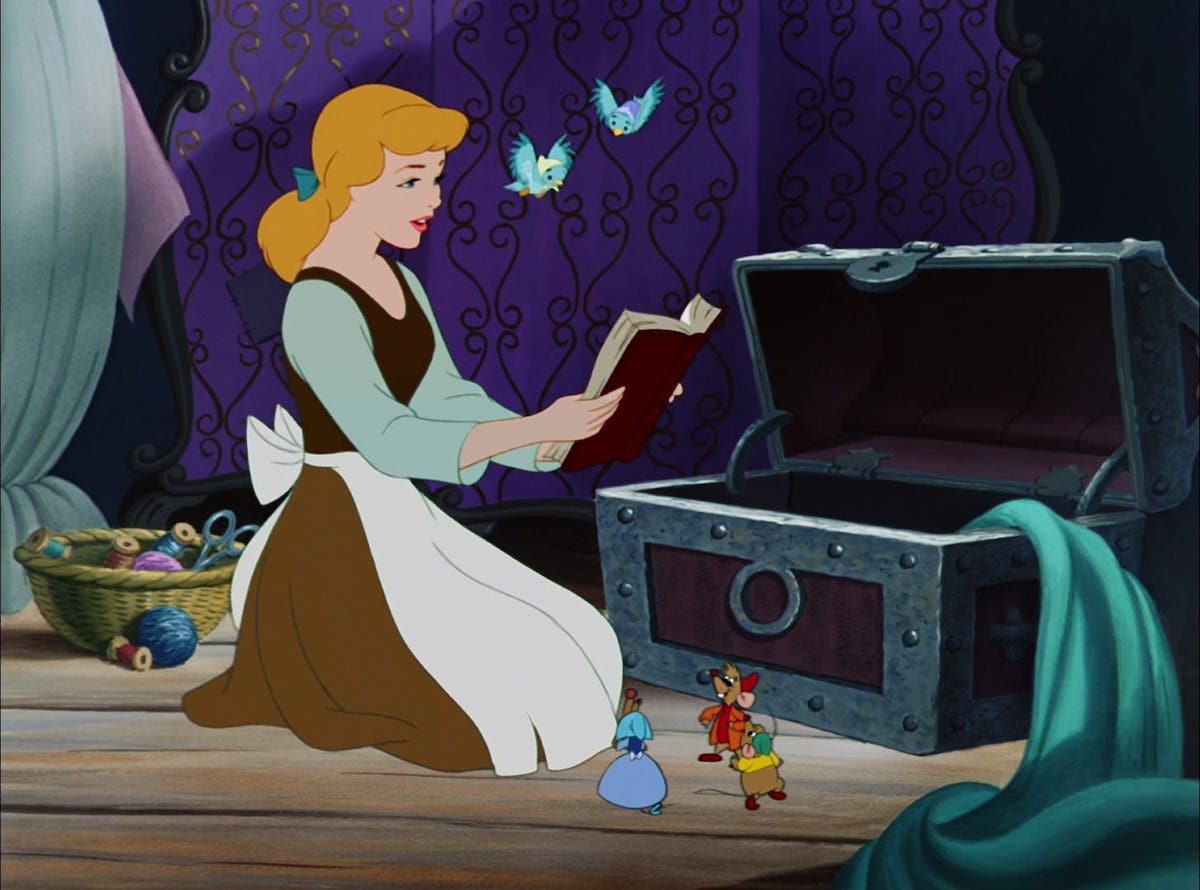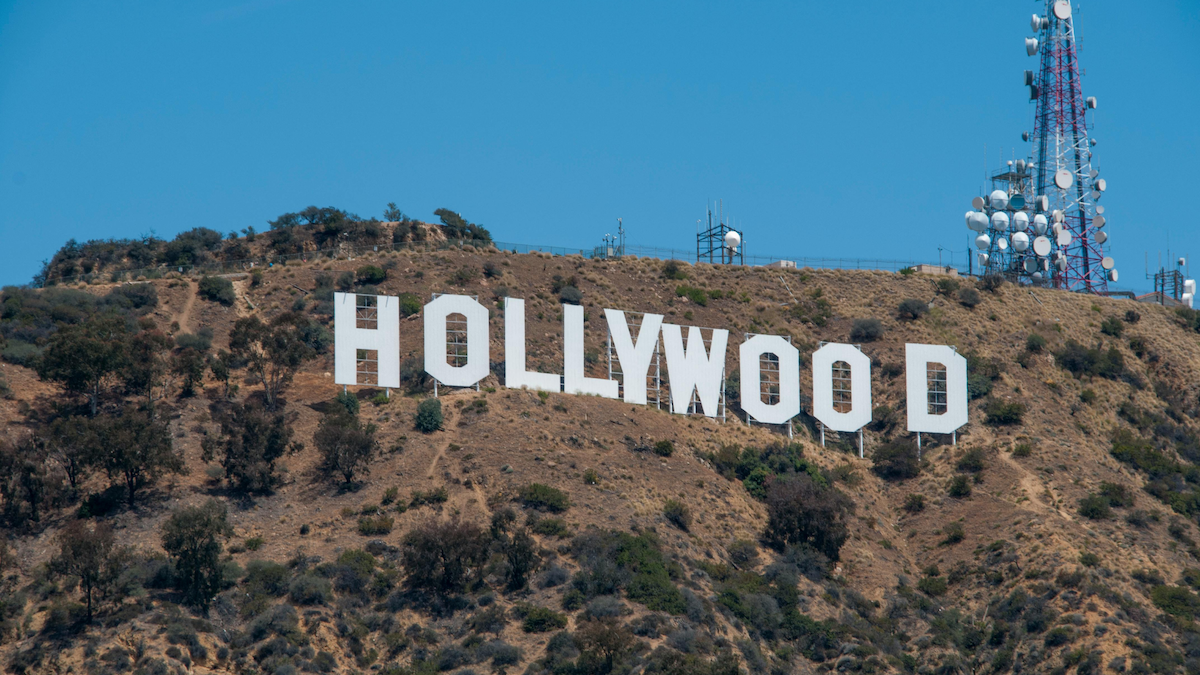Script Symbology: The Once And Future Kingdom – The Evolution of Hollywood
By John Fraim “In 2012, moving images are absolutely everywhere – movies, TV, video games, YouTube, streaming services, taxi cabs, subway ads, electronic billboards, and so on. For someone of…
By John Fraim
“In 2012, moving images are absolutely everywhere – movies, TV, video games, YouTube, streaming services, taxi cabs, subway ads, electronic billboards, and so on. For someone of my generation, the most astonishing aspect of this development is that many of these images were created by nonprofessionals, shot with smartphones and cameras of all shapes, sizes and levels of expense.”
Martin Scorsese
Forward to The Age of Image
Once upon a time, there was a kingdom called Hollywood that produced magic stories called films from just words on paper called screenplays. These screenplays had three acts and 120 pages and were two hours long. The stories were told around great “campfires” called silver screens located in grand palaces. The palaces were crowded with loyal subjects of the kingdom who sat spellbound watching the stories.
One day, the kingdom came under siege from stories created in other forms told on screens outside the kingdom. The kingdom of Hollywood was no longer the only place where stories came. Now stories came from places like Madison Avenue, Silicon Valley and Washington DC. When this happened, the kingdom of Hollywood lost its loyal subjects and the grand palaces became vacant.
But even after this happened, the kingdom of Hollywood was still filled with the old craftsmen called screenwriters who still believed in the kingdom and the old ways of creating stories. They continued making two-hour stories that were 120 pages long. They used new things in their stories like special effects and spectacular images. They made worlds collide and armies clash on blue screen battlefields. They invented new story genres. They copied old ones. They brought back comic book heroes and cartoon characters.
They explored all types of new stories. But they never explored new forms for telling stories.
* * *
Hollywood has experienced many ups and downs through its history. During Hollywood’s Golden Age in the 1930s it actually possessed the characteristics of the kingdom described above. As film historian Otto Friedrich observes in City of Nets, in 1939 Hollywood produced 530 feature films and 50 million Americans went to the movies each week. The films were not minor films that came and went but classic films like Gone With the Wind, Wuthering Heights and The Wizard of Oz. Studio head Louis B. Mayer was the highest paid man in the country. Yet only a decade (and 5,000 movies later) the studios were tottering, Ingrid Bergman and Charlie Chaplin were exiled, the Hollywood Ten went to prison and millions were watching Milton Berle at home on a small screen called television that was quickly replacing the silver screen.
The kingdom of Hollywood survived the decline of the studio system and it survived attacks from network and cable television as well as new media like DVDs. But it never came under such attack as that caused by the invasion of the Internet in the 1990s and the influx of other story-telling screens on computers, smartphones and tablets or the flood of other forms of entertainment and distractions like social media, video games, apps, blogging and YouTube.
The challenge is real and Hollywood leaders like Steven Spielberg and George Lucas warn that a huge change is coming. At an event at USC in June 2013 (reported in the 6/12/13 The Hollywood Reporter) Spielberg predicted an “implosion” in the film industry is inevitable leading to change in the current system of film distribution. Both Lucas and Spielberg told USC film students that they are learning about the industry at an extraordinary time of upheaval where even proven talents find it difficult to get movies into theaters. And, The Hollywood Reporter notes. Lucas lamented the high cost of marketing movies resulting in an urge to make them for the masses while ignoring niche audiences observing that television is much more adventurous than film nowadays. Lucas notes the interesting stuff will end up on the Internet or television so scriptwriters need to adjust to this.
So far, much of Hollywood’s current response has been to create more animated fantasy stories (for mass audiences) from old franchise comic book characters containing spectacular action and special effects. For example, some of the top grossing Hollywood films for 2012 were The Avengers, The Dark Knight Rises, The Hunger Games, The Hobbit, Twilight: Breaking Dawn and The Amazing Spider-Man.
Yet if Hollywood is to remain relevant as a place that creates stories for culture, it needs to acknowledge and try to understand some of the broad trends happening in this culture. These trends challenge not the stories being told by Hollywood but the form that stories are told in. The present form called screenplays has not changed much over the history of Hollywood and still calls for two-hour stories with generally three acts created in scripts that are 120 pages long. In all of this, stars and genres have come and gone yet the old form has remained.
While the particular shape of a new story form is difficult to make out in the dust of the current story battle going on in culture, a few general trends can be discerned by a few of Americas leading media theorists and communication scholars.
1) Collapse of Narrative
New technologies created by the Internet certainly create one of the greatest challenges to the screenplay form. Yet the real challenge is not the Internet technologies themselves but rather the effect of these technologies on culture. One of the greatest changes in culture is (not surprisingly) shortened attention spans and the decline of linear narratives. In this sense, it is not just Hollywood stories that are under attack but rather the entire linear endeavor of story creation whether from Madison Avenue or Hollywood.
At a time when many praise the story form, some see it under attack. In Present Shock (2013) leading media theorist Douglas Rushkoff observes we live in a continuous “now” enabled by Twitter, email, texting and other real-time technologies. Yet this “now” is an elusive goal that can never be reached creating a dissonance between our digital selves and our physical bodies. The dissonance has thrown us into a state of anxiety Rushkoff calls “present shock.”
This new anxiety caused by “present shock” is not receptive to watching three-act stories unfold on large screens in two-hour movies. Attention spans are much more fitted to the average five-minute YouTube video or the 140 characters of a Tweet.
All of this is contributing to what Rushkoff sees as a “narrative collapse” within culture. The collapse is evident in shorter types of communication but it is also evident in the non-linear, reality type of television genre dominant today with shows like Duck Dynasty, America Idol, Pawn Stars, Ice Road Truckers, Lost and American Restoration. Rushkoff also sees the non-linear form evident in leading animated shows like Family Guy, Southpark and The Simpsons.
2) Participatory Culture
Concomitant with the decline of narrative is the rise of participation in culture. In effect, the traditional distinctions between producer and consumer, author and readers, screenwriter and audience, are becoming blurred. No longer are stories being “broadcast” out from a few places like Hollywood and Madison Avenue. Rather, they are coming from anyone who is Tweeting or blogging or posting videos to YouTube.
The participatory culture includes participation in the creation of scripts. Many are familiar with the French Auteur Theory suggesting the director (not the screenwriter) is the real “author” of a film. The emerging participatory culture is pushing the Auteur concept into scripts where the “author” of a script might not just be the original scriptwriter but other scriptwriters who participate in its creation. And not simply co-screenwriters who set out at the beginning to create scripts. Rather co-authors who enter the story process sometime after it has started.
The new role of participatory culture in both creating and spreading new narratives is brilliantly discussed in Spreadable Media (2013) by Henry Jenkins, Sam Ford and Joshua Green. Rather than some fad on the outskirts of popular culture, the new participatory culture is a growing trend at the center of culture. The trend is evidenced by that growing form of participatory creation called Fan Fiction and the emergence of widely popular narratives like Wool and Fifty Shades of Gray.
While much of this is new, participation in media is not a new phenomenon. For example, Marshall McLuhan in Understanding Media discussed what he called “hot” and “cool” media observing hot media (like print) that are high definition demanding little participation by its audience than cool media (like comic books) that are low definition demanding more participation. The distinction between “hot” and “cool” media goes back further than McLuhan with his reference to Sir Francis who never tired of contrasting hot and cool prose:
“Writing in ‘methods’ or complete packages, he contrasted with writing in aphorisms, or single observations such as ‘Revenge is a kind of wild justice.’ The passive consumer wants packages, but those, he suggested, who are concerned in pursuing knowledge and in seeking causes will resort to aphorisms, just because they are incomplete and require participation in depth.”
Perhaps the new script forms will become a new cool media that need to be written with cool prose. And perhaps they will need to be “incomplete” so that they will call forth the need for the participation of co-authors?
In a book on new script forms called The Age of Image, author Stephen Apkon observes “The vocabulary of Hollywood is becoming the vocabulary of Main Street.” Once upon a time, there was a kingdom called Hollywood that produced magic stories. But today the kingdom is under the greatest siege in its history. Will it disappear like a slow fade out? Or will it fade in again (as it has done in the past) and become the once and future kingdom?
Related Articles:
- More Script Symbology from John Fraim
- More Than Storyboards: Comics & Film – On Writing Comics
- Script Angel: The Screenwriter's Survival Guide to Production
Tools to Help:
